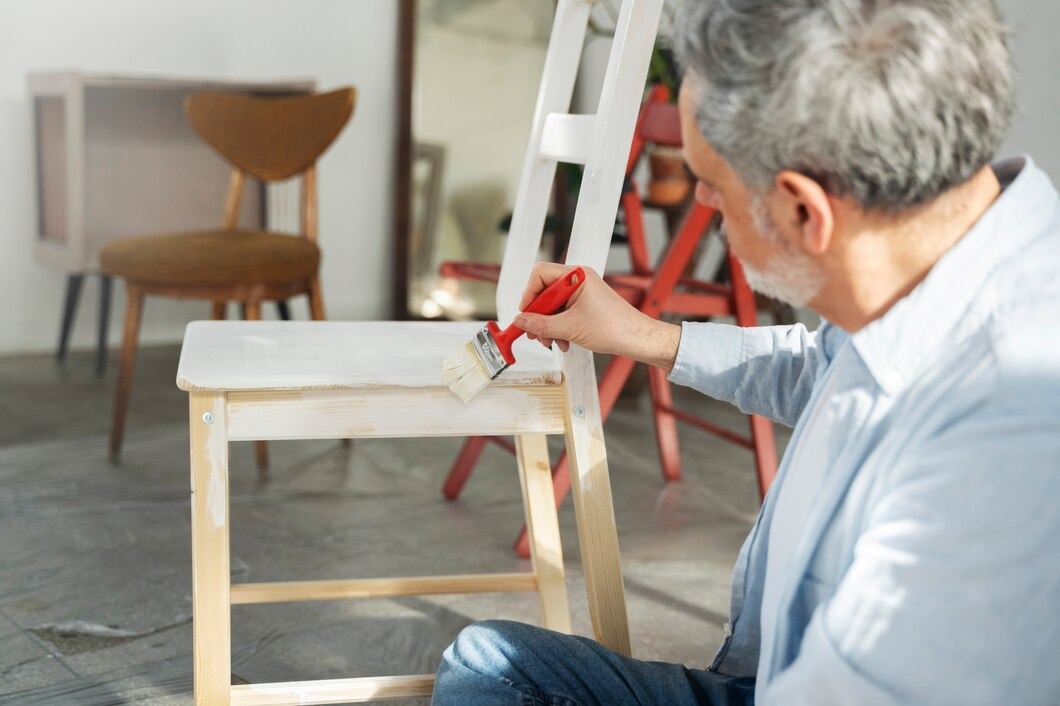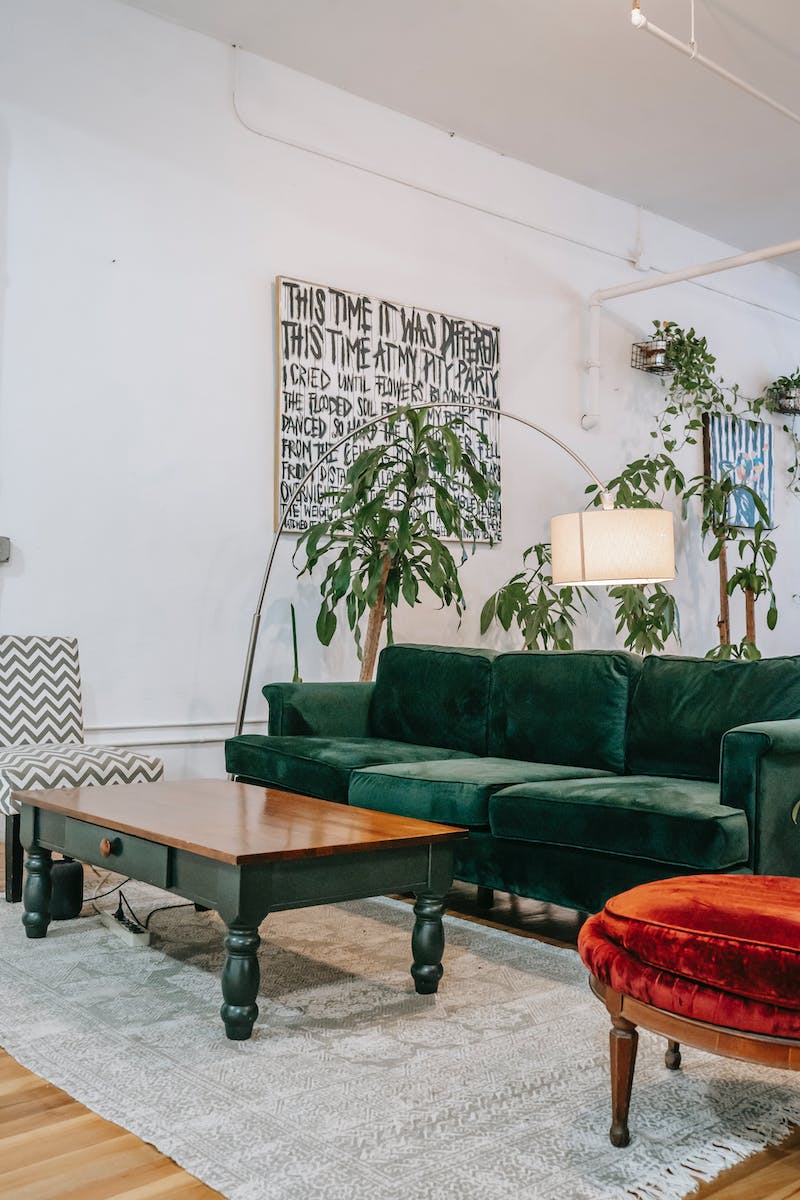An old house has a unique charm. Its detailed carvings, high ceilings, and uneven floors tell stories that newer buildings can’t.
According to Aviva, nearly seven million homeowners in the UK plan to renovate their homes, spending an average of £14,000 over the next two years. This indicates that numerous people prefer to improve their homes rather than move, thereby helping to preserve history while incorporating modern updates.
However, peeling back 1970s wallpaper can reveal problems. Behind those charming details, you might discover old wiring, damp walls, or materials that require thoughtful handling.
A promising renovation balances history with practicality. It maintains the character of the house while enhancing comfort, safety, and energy efficiency for today’s lifestyle.
We, at O Contemporary, help you make spaces that honour craftsmanship while adding modern design.
Before you start painting or shopping for tiles, think about these essential factors when planning a renovation for an old home.
Smart Ways to Upgrade an Old Home
Here are the seven ways to upgrade your old home:
-
Respect the Home’s Original Character
Older residences have their own unique charm. Whether it’s a Georgian townhouse, a Victorian terrace, or a 1930s semi-detached, it’s vital to appreciate the special features and craftsmanship of each property before making major decisions.
Start by noting what makes your home special; like the following:
- Decorative cornices
- Original fireplaces, or
- Wooden floors
Instead of removing these elements, highlight them. Use reclaimed materials or finishes that enhance the design, rather than clash with it. For instance, limewash paint works well on classic plaster walls, and modern lighting can showcase period details without overwhelming them.
-
Assess the Structure Before the Style
Ensure your home’s structure is intense before considering colours or kitchen designs. Many older homes in the UK were built with materials or methods that are no longer common, which can hide problems that only a surveyor or structural engineer can spot:
Common problems include:
- Wood decay in floor joists or roof beams
- Ground sinking or shifting foundations
- Old electrical and plumbing systems
- Leaky roofs that affect insulation
A thorough structural inspection offers valuable insights and helps your design projects on track. When your house has a stable foundation, you can enjoy the creative part much more.
-
Start with What You Cannot See
Many renovation problems are hidden from sight. Issues like poor insulation, corroded pipes, and outdated wiring inside walls can create safety risks and lead to expensive repairs later.
Across the UK, homes built before 2000 may contain asbestos, a harmful material that is now banned in construction. If your renovation involves old materials, it’s important to handle them carefully and seek professional advice.
Before you think about colours or layouts, ensure your home’s structure and materials are sound. Many properties built before the 1990s still contain asbestos in ceilings, insulation, or old floor tiles; materials best handled by professionals. If that’s the case, specialists like Advance Asbestos Removal can inspect and clear these safely before the creative work begins.
Getting a professional assessment is important for safety and making sure your project meets UK building regulations. This is the initial step in a responsible and sustainable renovation.
-
Balance Modern Comfort with Historic Value
Modern life requires comfort, practicality, and innovation, but these can work well with tradition if approached thoughtfully.
When upgrading heating or insulation, choose alternatives that safeguard your home’s structure. Underfloor heating works perfectly under reclaimed stone or wood, and slim double glazing can fit classic window frames.
For decorative features, combine different styles. A modern kitchen can look great with exposed beams if the colours and textures are balanced. The goal is to improve comfort while keeping the home’s history.
Updating an older building should focus on enhancing its ambience, not altering its core.
Garden rooms are a stylish way to add extra space without altering your home. They can serve as studios, offices, or peaceful retreats while keeping the property’s charm intact. For a garden room transformation, explore this guide for ideas on maximising the potential of this versatile space.
-
Prioritise Energy Efficiency Early
Traditional houses can be beautiful, but they mostly waste energy. Drafty windows, thin walls, and old boilers can drive up energy bills. However, you can fix these problems without losing charm.
In 2025, about 810,700 energy-saving upgrades were made in nearly 243,900 homes across the UK through the ECO4 program. This showcases that the country is making important progress in improving heating and insulation. It highlights the need to focus on these upgrades at the start of any renovation.
Here are some easy steps you can take:
- Seal doors and windows to stop drafts.
- Add insulation in the attic or walls.
- Install energy-efficient lighting.
- Switch to renewable heating options.
These steps can reduce your long-term costs and make your home more comfortable. Homeowners may also consider UK grants and retrofit programs for insulation and heat pumps to help cover some costs.
By focusing on energy efficiency from the beginning, you can make your home more sustainable and save money.
-
Work with Skilled Craftspeople and Specialists
Older homes need skilled workers who value their history. Many builders may not be familiar with traditional materials like lime plaster, handmade bricks, or oak beams. This is where skilled artisans come in.
Look for artisans who know traditional building methods, such as the following:
- Heritage carpenters
- Expert plasterers, or
- Conservation specialists
Their expertise helps ensure that new work respects traditional craftsmanship.
Teamwork is also key. Involve designers, builders, and surveyors from the beginning to make sure everyone shares the same goal. The more teamwork there is, the smoother your renovation will go.
Good restoration takes time; it is carefully crafted.
-
Budget for the Unexpected
Classic houses can have surprises, even with careful preparation. You might find rotted joists, hidden moisture, or walls that need extra support. These challenges are part of the process, not setbacks.
When you create your renovation budget, include a contingency fund of 15-20% of your total costs. This fund helps you handle unexpected issues while keeping your design plans intact.
Remember that time is also an investment. Taking your time with restoration can lead to a home that is safer, more appealing, and built to last.
Conclusion
Restoring an old house links the past to the present. By keeping its unique features and adding modern updates, you strengthen that connection.
When you renovate with care, your work becomes part of the home’s story; it has been lived in, loved, and is ready for the future.
A thoughtful renovation is more than just an upgrade. It illustrates your commitment to preserving history while creating comfort for years to come.



